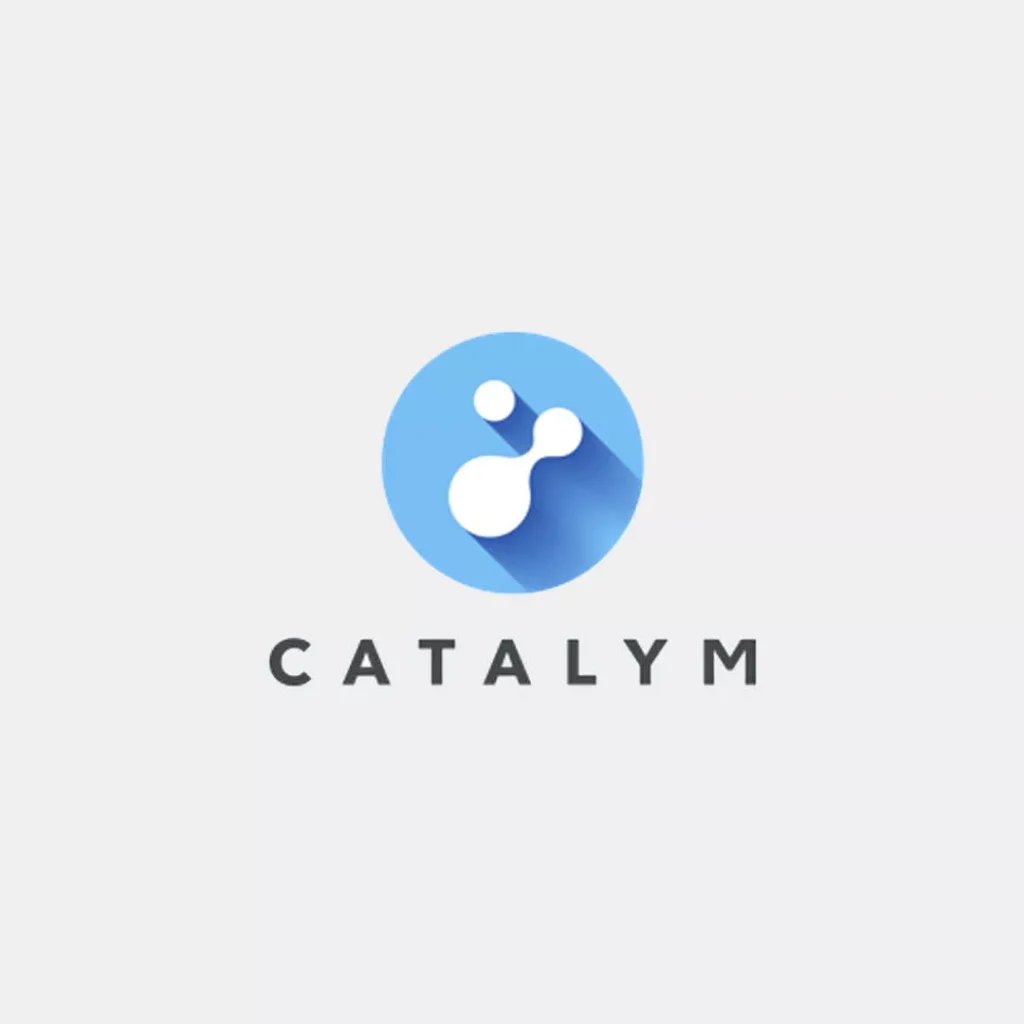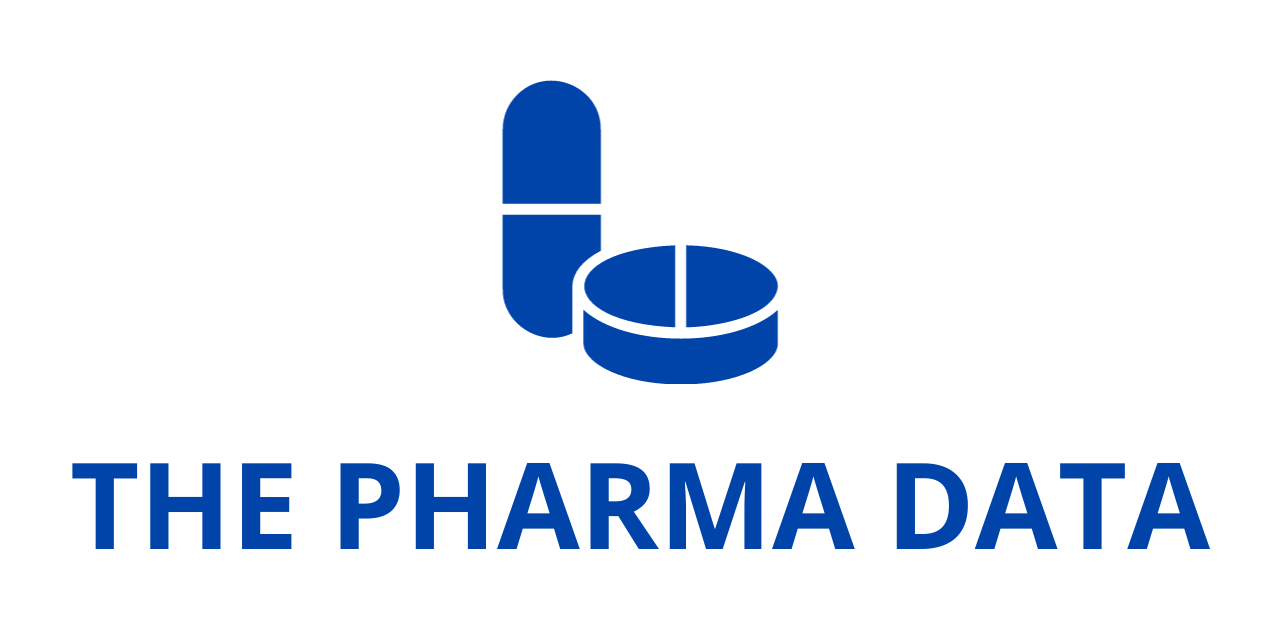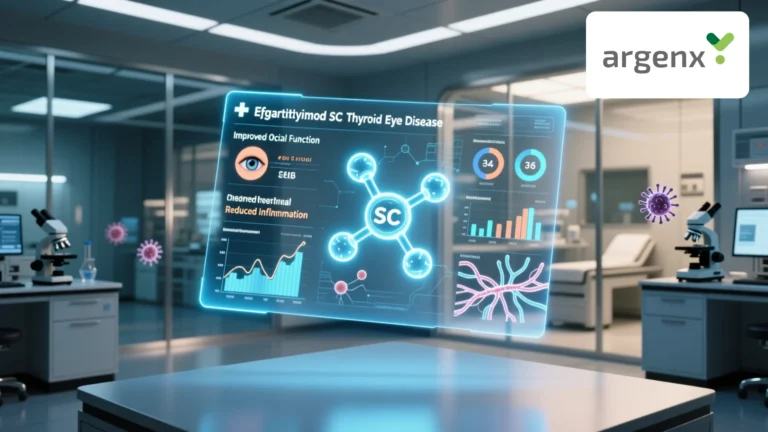
CatalYm Unveils Promising Phase 2 GDFATHER-NEO Data: Visugromab Enhances Anti-Tumor Activity with PD-1 Inhibition in Neoadjuvant Muscle-Invasive Bladder Cancer
CatalYm, a pioneering biotechnology company recognized globally for its focus on neutralizing Growth Differentiation Factor-15 (GDF-15) in cancer and cachexia, has presented compelling new data from its Phase 2 GDFATHER-NEO trial at the European Society of Medical Oncology (ESMO) Congress 2025. In a high-profile oral late-breaking session, the company revealed that visugromab, a humanized monoclonal antibody targeting GDF-15, substantially improved the anti-tumor activity of the PD-1 checkpoint inhibitor nivolumab in the neoadjuvant treatment of muscle-invasive bladder cancer (MIBC). Importantly, the combination therapy demonstrated a safety profile comparable to nivolumab plus placebo, underscoring its potential as a tolerable, efficacious alternative for patients in need of early intervention.
Visugromab is designed to neutralize GDF-15, a cytokine often secreted by tumor cells that contributes to immune suppression and resistance to PD-(L)1 therapy. By blocking GDF-15, visugromab aims to restore immune system activity within the tumor microenvironment, enhancing the efficacy of checkpoint inhibition and potentially improving clinical outcomes for patients with difficult-to-treat cancers.
A New Frontier in Bladder Cancer Therapy
Muscle-invasive bladder cancer remains a challenging disease, particularly for patients who are older or have comorbid conditions that limit their eligibility for standard chemotherapy regimens. Radical cystectomy, the surgical removal of the bladder, is the current standard of care following neoadjuvant therapy but carries substantial risks and is often declined by patients due to its invasiveness. Previous attempts to combine chemotherapy with anti-PD-(L)1 therapies have largely failed to demonstrate meaningful additive benefits, leaving a clear unmet need for innovative, well-tolerated neoadjuvant treatment options.
Prof. Dr. Andrea Necchi, CatalYm Director of Genitourinary Medical Oncology at IRCCS San Raffaele Hospital and Principal Investigator of the GDFATHER-NEO trial, emphasized the transformative potential of visugromab in this context. “The early results for the visugromab and anti-PD-1 combination are highly encouraging,” Prof. Necchi stated. “We are seeing enhanced anti-tumor activity, even in a patient population that is often ineligible for aggressive chemotherapy. The safety profile also suggests that this regimen could be suitable for more vulnerable or frail patients, expanding treatment accessibility in an area of high unmet medical need.”
Sujata Rao, MD, Chief Medical Officer at CatalYm, added, “The impact observed in this checkpoint inhibitor–naïve setting builds on previous studies in refractory disease and highlights the potential of visugromab to augment PD-1 inhibition in earlier lines of therapy. This represents a significant advancement in our strategy to address the immunosuppressive mechanisms that limit the effectiveness of current immuno-oncology treatments.”
Trial Design and Methodology
The GDFATHER-NEO trial (NCT06059547) is a multicenter, single-blinded Phase 2 study designed to evaluate the efficacy and safety of visugromab in CatalYm combination with nivolumab compared to nivolumab plus placebo. The study enrolled patients with newly diagnosed MIBC who were either ineligible for cisplatin-based chemotherapy or had refused such treatment. Participants were selected with disease confined to the bladder, without lymph node involvement or distant metastases.

Patients received three cycles of therapy administered every four weeks, followed by radical cystectomy or re-transurethral resection of the bladder tumor (re-TURBT) 4–8 weeks after the final dose. The primary endpoints of the study included pathological complete response (pCR), major pathological response (MPR), and radiologic objective response rate (rORR), assessed using RECIST v1.1 criteria. Secondary endpoints focused on safety, tolerability, and biomarker analysis, including baseline GDF-15 levels and immune cell profiling.
Key Clinical Findings
At the data cut-off on September 29, 2025, 31 patients had been enrolled, with a CatalYm median age of 76 years. Of these, 29 patients were evaluable for efficacy: 15 in the nivolumab plus visugromab (N+V) arm and 14 in the nivolumab plus placebo (N+P) arm. The results demonstrated substantial improvements across multiple efficacy metrics:
- Pathological Complete Response (pCR): 33.3% in the N+V arm compared to 7.1% in the N+P arm, reflecting a more than fourfold improvement in complete tumor eradication at the tissue level.
- Major Pathologic Response (MPR): 66.7% in the N+V arm versus 21.4% in the N+P arm, indicating a significantly higher proportion of patients achieving near-complete pathological responses.
- Radiologic Objective Response Rate (rORR): Approximately four times higher in the N+V combination, with 60.0% of patients achieving either complete or partial responses, compared to 14.3% in the N+P arm. Specifically, seven patients in the N+V arm achieved complete radiologic responses, and two had partial responses, whereas no complete responses were observed in the control arm.
These outcomes were consistent across CatalYm different clinical tumor stages but were most pronounced in PD-L1–positive patients (CPS≥10%), suggesting that visugromab may be particularly effective in patients with higher baseline immune activity. Notably, more patients in the N+V arm were able to undergo bladder-sparing re-TURBT surgery (n=6) compared to the N+P arm (n=3), highlighting the potential of this combination to preserve organ function and improve quality of life.
Safety and Tolerability
The visugromab combination demonstrated a favorable safety profile consistent with expectations for nivolumab monotherapy. Most treatment-related adverse events (TRAEs) were mild to moderate, with some Grade 3 clinical and laboratory events reported. Importantly, no new safety signals were identified, and no differences were observed in the type, severity, or frequency of adverse events between the two arms. Baseline serum GDF-15 levels and immune cell profiles were comparable across treatment groups, supporting the conclusion that the enhanced efficacy of visugromab was due to its targeted mechanism of action rather than baseline patient characteristics.
Dr. Rao noted, “The safety data are very encouraging, particularly given the older age and comorbidities of the patient population. This combination appears to offer a potent therapeutic effect without compromising tolerability, which is critical in neoadjuvant settings where patients must recover from surgery.”
Scientific and Clinical Implications
GDF-15 has emerged as a central mediator of tumor-induced immune suppression and resistance to checkpoint inhibition. By CatalYm neutralizing GDF-15, visugromab appears to restore immune function and enhance the effectiveness of PD-1 blockade. These findings provide robust proof-of-concept for GDF-15–targeted therapy as a new modality in immuno-oncology, extending its potential beyond refractory cancers to earlier lines of therapy.
Scott Clarke, Chief Executive Officer at CatalYm, emphasized the strategic significance of the trial. “These results validate our approach of targeting GDF-15 to overcome immunosuppressive mechanisms in cancer. We are excited by the potential to extend this therapeutic benefit to a broad range of tumor types and treatment settings, including neoadjuvant therapy where improving response rates can have a profound impact on long-term survival and organ preservation.”
The data also suggest that visugromab may enhance the feasibility of bladder-sparing surgery, a critical consideration in older patients who are often unfit for radical cystectomy. By increasing the proportion of patients eligible for less invasive surgical approaches, this combination has the potential to significantly improve both clinical outcomes and patient quality of life.
Next Steps and Future Development
CatalYm is actively continuing the GDFATHER-NEO trial, including ongoing biomarker analyses to better understand treatment-induced changes in the tumor microenvironment and peripheral immune system. These analyses aim to identify predictive biomarkers that may guide patient selection and optimize clinical benefit.
Beyond bladder cancer, CatalYm is pursuing a broad Phase 2b development program for visugromab across multiple indications. Randomized trials are underway in first-line (1L) and second-line (2L) non-small cell lung cancer, second-line hepatocellular carcinoma, and cancer-associated cachexia. These studies aim to confirm the safety and efficacy of visugromab in combination with checkpoint inhibitors and to explore its potential in other tumor types where immune suppression mediated by GDF-15 limits therapeutic response.
Dr. Clarke added, “Our mission is to develop targeted therapies that improve outcomes for patients with high unmet needs. The CatalYm GDFATHER-NEO data are a major milestone, demonstrating that visugromab can meaningfully enhance PD-1 inhibitor activity in a challenging tumor type. We are committed to advancing this program as quickly as possible, with the ultimate goal of bringing new, effective treatment options to patients who currently have limited alternatives.”
The Phase 2 GDFATHER-NEO trial provides compelling evidence that visugromab, through neutralization of GDF-15, can significantly enhance the efficacy of PD-1 inhibition in the neoadjuvant treatment of MIBC. The combination therapy not only improved pathological and radiologic response rates but also maintained a favorable safety and tolerability profile, including in an older and medically complex patient population.
These findings represent a pivotal step forward in the development of GDF-15–targeted therapies and highlight the CatalYm potential for visugromab to address critical gaps in cancer treatment. By enabling better responses to immunotherapy, facilitating bladder-sparing surgical approaches, and maintaining tolerability, visugromab plus nivolumab could redefine neoadjuvant therapy standards in MIBC and potentially other hard-to-treat cancers.
As CatalYm continues its robust Phase 2b program and completes the GDFATHER-NEO trial, the CatalYm oncology community will closely watch for further clinical updates and biomarker analyses. If these early signals are confirmed in larger, randomized studies, visugromab may emerge as a new cornerstone of immuno-oncology treatment regimens, offering hope for patients who previously faced limited options and poor long-term outcomes.




